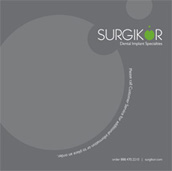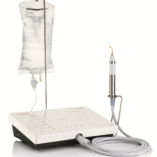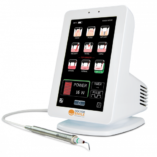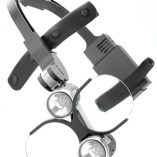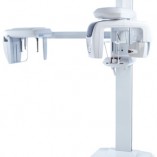As one of the premier providers of bone grafting material for oral surgery in Los Angeles, we spend a good amount of time answering questions about these materials. One of the most common questions that arises from dental professionals covers the specific functions of each bone graft type, especially the different indications for cortical and cancellous allografts.
This article offers a quick primer on the difference between these materials, and why each confers a separate benefit for both the surgeon and the patient:
Some bone grafts are needed for structural support. A hard bone (cortical bone), such as the tibia or a rib, is used for this purpose. This type of bone is slow to incorporate. It will last a long time, even years, before it is replaced by new bone growth.
Some bone grafts are needed for osteogenesis. This type of graft requires a spongy bone (cancellous bone), which triggers new bone growth more quickly and is often obtained from the iliac crest. While it possesses no structural integrity, this bone material obtains growth either by supplying living cells or by chemically triggering the growth of new cells by the host.
Cortical cancellous grafts offer the best of both worlds – rigid stability that still promotes osteogenesis. It is a versatile substance that many oral surgeons count on for hybrid tasks.
To learn more about how our cortical cancellous bone grafting materials can help your dental practice thrive, please check out our full catalog of dental surgery products today.

